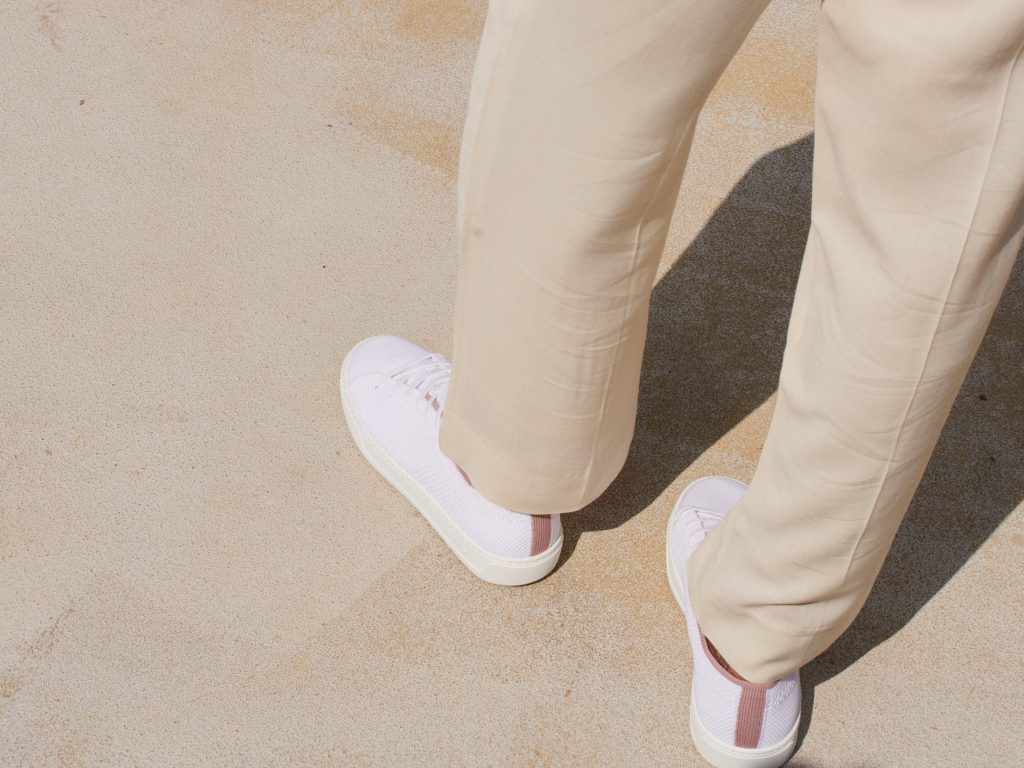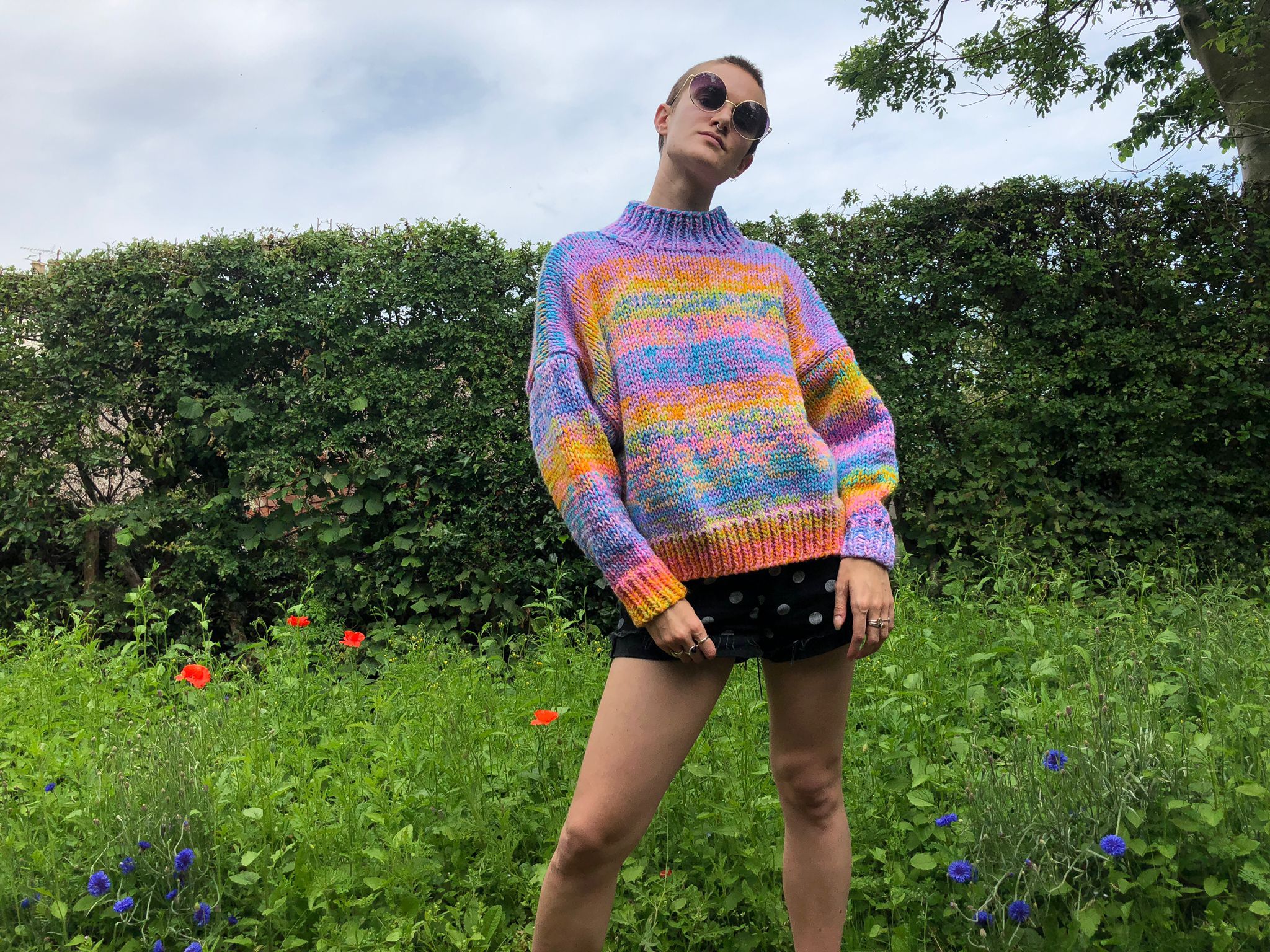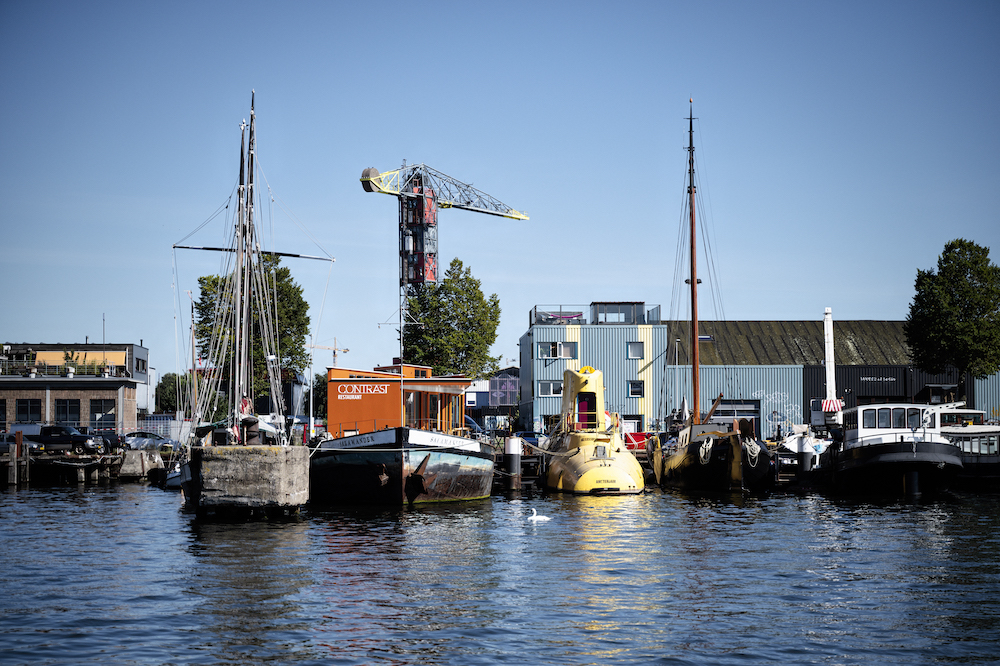

The term “slow fashion” is often used in magazines and marketing, but what does it actually mean? And how can we ensure that we practice mindful consumption? For too long, speed was the norm. Consumers wanted the next season’s looks yesterday – and fashion brands delivered, picking up the pace of production.
After decades of hyper-consumption, both people and the planet are suffering due to an addictive cycle of overproduction and overconsumption. That’s where the slow fashion movement comes in.
Drawing inspiration from the slow food movement, slow fashion took root in 2007 after UK journalist Kate Fletcher coined the term in an article published in The Ecologist.
On the consumer side, slow fashion asks us to consider our purchases more deeply, from materials to manufacturing processes, labor practices to designs. It also calls for fashion brands to employ responsible strategies such as using recycled materials, designing for circularity, ensuring safe and fair labor, limiting the use of natural resources, eschewing harmful chemicals, and offering made-to-order sales models.
In many cases, slow fashion brands also spotlight their craft by sourcing materials locally and hand-crafting products. Handmade creations often take longer, but the quality also tends to stand the test of time and reduces waste in the long run.
“Prolonging the active lifetime of a garment by two (using the garment in its original form twice as many times as average), will decrease the climate impact by 49%,” says Maxine Bédat, the director of New Standard Institute, a non-profit working with scientists and citizens to make the fashion industry more sustainable.

While slow fashion encourages us to buy pieces for the long term, fast fashion does the opposite. It promotes impulse buys with low prices, aggressive marketing, trendy pieces and profit-driven business models.
“Fast fashion carries no consideration of the impact on humans or the planet,” says UK designer and sustainable fashion advocate Charlie Millar. “In contrast, slow fashion turns that paradigm on its head: You’re first thinking of people and the environment and how clothing fits into that. We’re starting with the question: ‘How can we minimize our impact on the earth?’”
As a knitwear designer, Millar worked for major fast-fashion fashion labels like TopShop, ASOS and River Island in Hong Kong. But the “relentless cycle of design and production” left her feeling creatively burnt out, disillusioned, and deeply concerned about the impact of fast fashion on the planet.
In 2020, she quit her job, moved back to the UK and became a sustainable fashion advocate via her popular Instagram account, @TheKnitEdit, where Millar espouses things like thrifting, repairing clothes, and choosing long-lasting minimalist wardrobe pieces. She also launched a capsule collection of hand-knitted jumpers made from recycled yarns and later designed patterns so anyone could make her designs.
“There’s an intense pressure always to have the newest and most fashionable items. But if you’re investing in quality pieces that you love rather than just a flash in the pan, that’s a crucial first step toward breaking that fast fashion cycle,” says Millar.

As consumer demand for sustainable fashion grows, corporations have made some changes but not always in the most earnest, meaningful ways. Greenwashing – marketing something to appear more environmentally friendly than it really is – is unfortunately all too common in today’s fashion industry.
Identifying authentic brands that value people and the planet over profit can be difficult, but there are ways to spot them. Here are a few things to look for:
If you’re hoping to shift toward a slower fashion lifestyle, you can start by looking for brands that use planet-conscious materials. These might include renewable fibers or organic cotton, yarns made from recycled plastic, vegan leathers, or even innovative plant-based materials. Many slow fashion brands also design for circularity, asking themselves: What happens to the products when they can no longer be worn? If the brand has a plan for this – perhaps a take-back program or can recycle used pieces into new products – that’s also a good sign.
Materials are only one part of the equation – it’s also important to consider each step in the manufacturing process to see the whole picture. Does the company provide a comprehensive breakdown of its production process? Is it 250 steps or 15? Does the brand know how much CO2 the process emitted? Do workers have a safe environment and fair wages? What’s happening behind the scenes can shed light on a company’s commitment to sustainability.
Legitimate slow fashion brands track a lot of data about their suppliers, factories, materials, working conditions, packaging, finances and carbon emissions. They also tend to work with third-party auditors to independently verify their processes and practices. If a company sets targets, tracks its progress and collaborates with independent certification organizations, they’re likely pretty committed to slow fashion.
Always chasing new trends, fast fashion pushes out hundreds of new looks every season, if not more frequently, in hopes of selling high volumes at lower costs. On the contrary, slow fashion brands tend to have fewer styles designed to be worn for years, not just one season. If the designs are versatile, timeless and high-quality, you really only need a few beautifully made pieces to complete your wardrobe and reduce waste over time.
If you see a piece with an impossibly low price tag, you have to wonder: How is that possible? Unfortunately, it’s not. At least, not without a hidden cost. Either people or the planet is bearing the brunt of that purchase due to unfair labor practices, cheap synthetic materials or destructive production processes. Investing in higher-quality, ethically produced pieces may cost more at the onset, but you will likely be able to wear those pieces longer since they are made to stand the test of time.
Read more about our Sustainability commitments here.



We are committed to making minimalist, durable lifestyle products that you can FEEL GOOD about wearing. Our extensive EXPERIENCE in the fashion industry enables us to source our most premium and durable materials, develop a streamlined and traceable supply chain, and create versatile sneakers with STYLE and LONGEVITY in mind. After all, the longer we can wear each pair of shoes, the less waste we produce.
© 2022 Fullup.Official